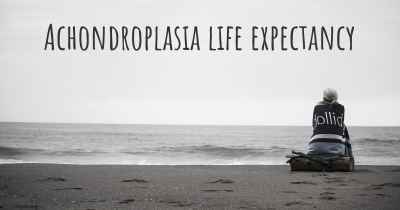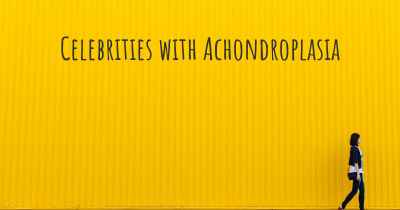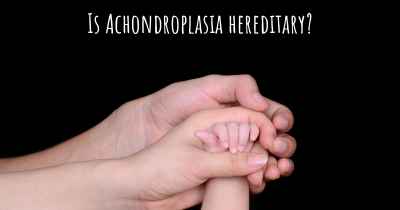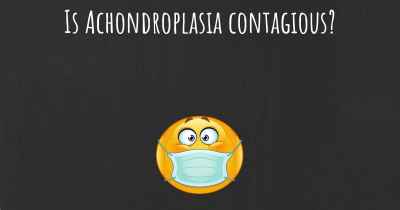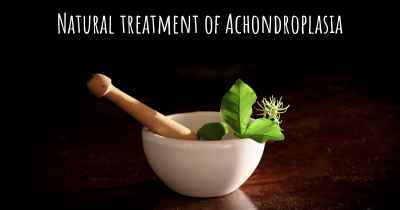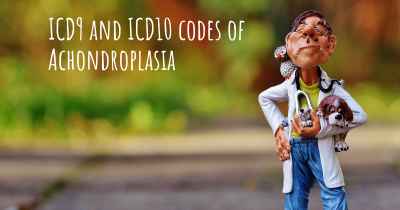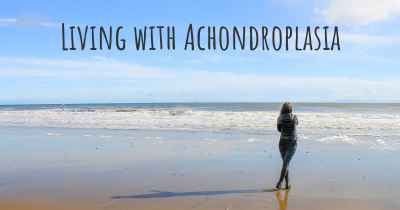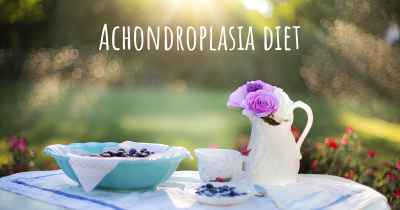Which are the symptoms of Achondroplasia?
See the worst symptoms of affected by Achondroplasia here
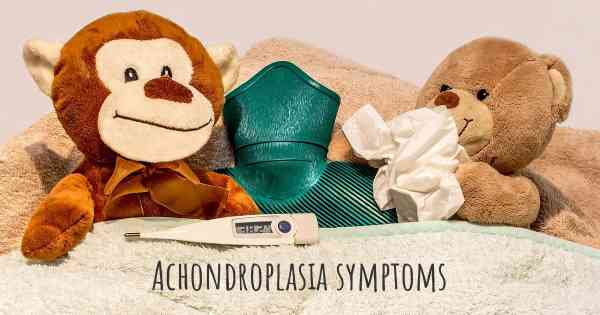
Symptoms of Achondroplasia
Achondroplasia is a genetic disorder that affects bone growth, resulting in dwarfism. It is the most common form of short-limbed dwarfism, occurring in approximately 1 in every 15,000 to 40,000 births. The symptoms of achondroplasia can vary in severity, but they primarily affect the skeletal system. Here are the key symptoms associated with this condition:
1. Short Stature
One of the most noticeable symptoms of achondroplasia is short stature. Individuals with this condition have a significantly shorter height compared to their peers. The average adult height for males with achondroplasia is around 4 feet 4 inches (132 cm), while females tend to be slightly shorter.
2. Disproportionate Limbs
Achondroplasia is characterized by disproportionately short limbs. The upper arms and thighs are particularly affected, while the trunk and head are typically of average size. This disproportionate limb length gives individuals with achondroplasia a distinct appearance.
3. Enlarged Head
Another common symptom is an enlarged head, known as macrocephaly. The head may appear larger than average due to the underdevelopment of the base of the skull. This can lead to a prominent forehead and a flattened bridge of the nose.
4. Shortened Fingers
Achondroplasia often affects the fingers, resulting in shortened digits. The fingers may appear stubby and have limited range of motion. The thumb is typically wider and shorter than usual, with a characteristic "trident" hand configuration.
5. Spinal Abnormalities
Individuals with achondroplasia commonly experience spinal abnormalities. The most prevalent is a condition called spinal stenosis, where the spinal canal narrows, potentially compressing the spinal cord. This can lead to symptoms such as back pain, leg numbness or weakness, and difficulty with bladder or bowel control.
6. Bowing of the Legs
Some individuals with achondroplasia may develop a condition called genu varum, commonly known as bowing of the legs. This occurs due to abnormal growth of the long bones in the legs, resulting in a bow-legged appearance.
7. Joint Problems
Achondroplasia can also affect the joints, leading to various issues. Individuals may experience limited range of motion in the elbows, hips, and knees. Joint stiffness and early-onset osteoarthritis are also common, causing pain and discomfort.
8. Breathing Difficulties
In some cases, achondroplasia can cause respiratory problems. The characteristic features of achondroplasia, such as a small chest and narrowed airways, can lead to breathing difficulties, especially during sleep. This may result in sleep apnea or other respiratory disorders.
9. Middle Ear Infections
Children with achondroplasia are more prone to middle ear infections, known as otitis media. The Eustachian tubes, which help equalize pressure in the ears, may not function properly in individuals with achondroplasia, leading to recurrent infections and potential hearing loss.
10. Delayed Motor Milestones
Children with achondroplasia may experience delayed motor milestones, such as sitting up, crawling, and walking. This is primarily due to the physical challenges associated with their skeletal abnormalities. However, with appropriate support and therapy, most individuals with achondroplasia can achieve these milestones within a reasonable timeframe.
It is important to note that the severity of symptoms can vary among individuals with achondroplasia. While some may experience significant physical limitations, others may have milder symptoms and lead relatively normal lives. Regular medical care, early intervention, and appropriate management can help individuals with achondroplasia live fulfilling and healthy lives.
Posted Oct 19, 2017 by Kenia Maria 1000
